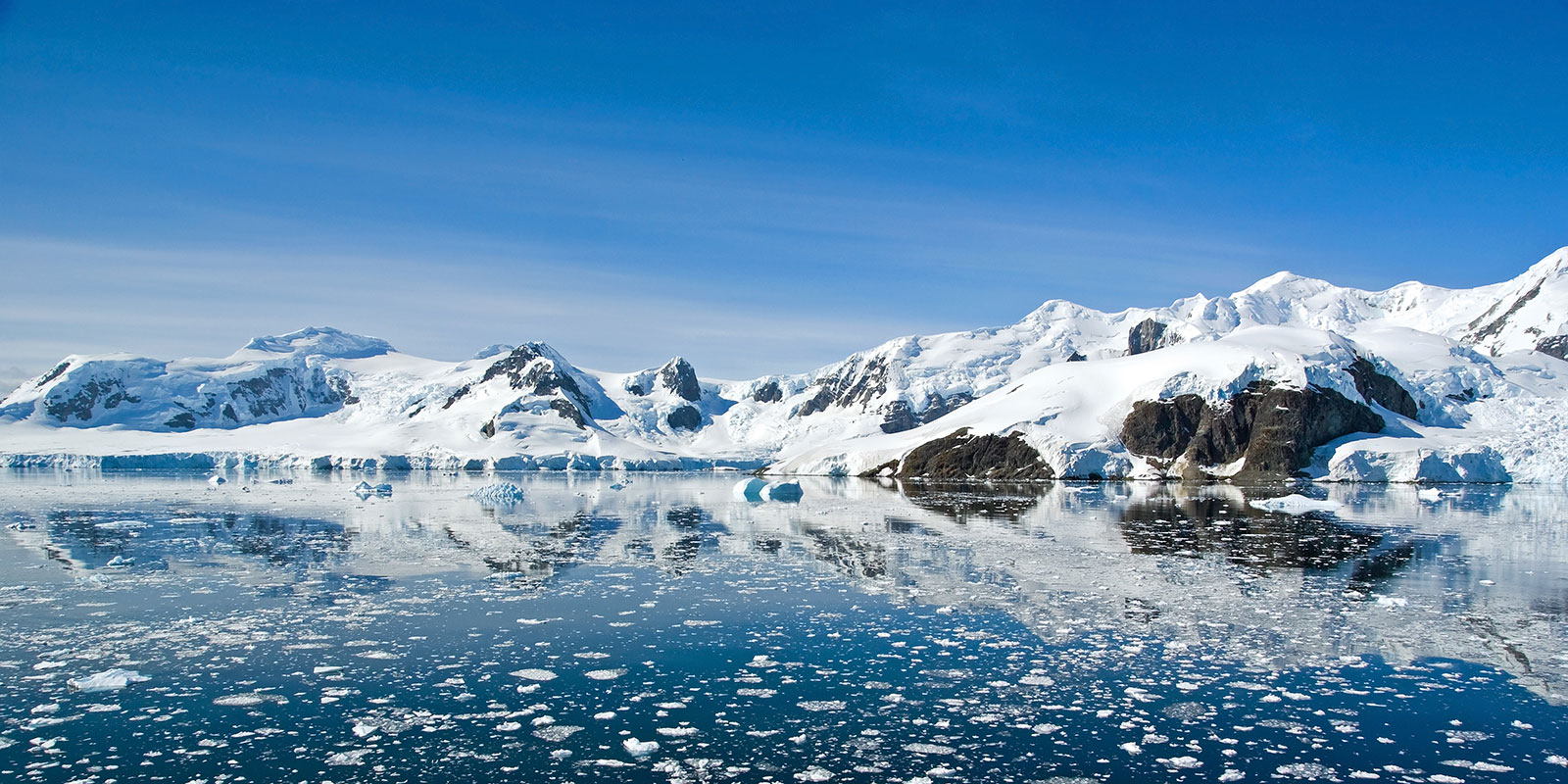
Book a holiday to the Antarctic Peninsula with Wendy Wu Tours
The Antarctic Peninsula’s long chain of icy mountains stretches several hundred miles into the Southern Ocean, extending beyond the Antarctic Circle towards South America. Ice-clad islands, immense glaciers and a smattering of research stations lie scattered along the rugged, little-visited coastline.
Despite its remoteness, the peninsula’s melting season attracts an abundance of marine life, from fur and crabeater seals to majestic orcas and immense blue whales. Adélie, Chinstrap and Gentoo penguins can all be found here, and a huge colony of Emperor penguins have made their home in Marguerite Bay on the western coast.
The ever-changing landscape of the Antarctic Peninsula is fundamentally seasonal. November marks the end of the polar winter, with the increased sunlight triggering the annual melting of the pack ice. The glaciers are at their most crisp, the seabirds are courting, and penguins begin to lay their eggs; the chicks will hatch from late December through January, the peak of the Antarctic summer. At this time, sunlight lasts up to 20 hours a day, causing glaciers to calve in dramatic, breathtaking scenes. This is also a prime period for whale-watching. Late February through to March marks a period of receding pack ice, allowing ships to cross the Antarctic Circle and reach even further into this vast wilderness.
Read our latest articles or travel inspiration, exciting news about our destinations and all things Wendy Wu Tours